Armstrong Chemtec’s unique design is proven to eliminate freeze-up problems for boiling and sensible heating of fluids at temperatures as low as -190 °C (-320 °F). Many of these units are in olefin processing service and fall into one of three critical applications, Flare Vaporizers, High Pressure Process Vaporizers, and Lower Pressure Process Vaporizers.
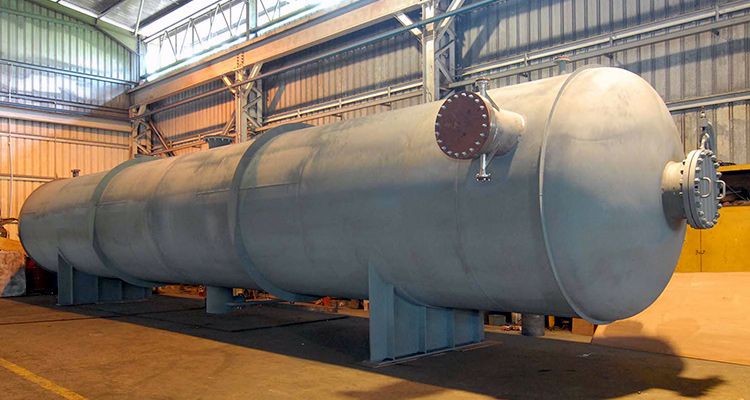
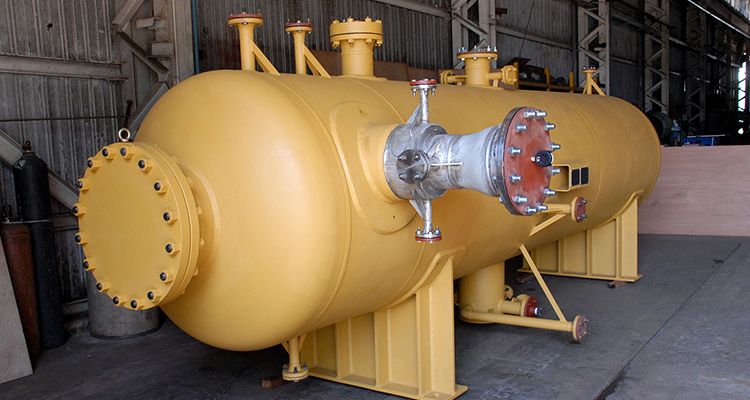
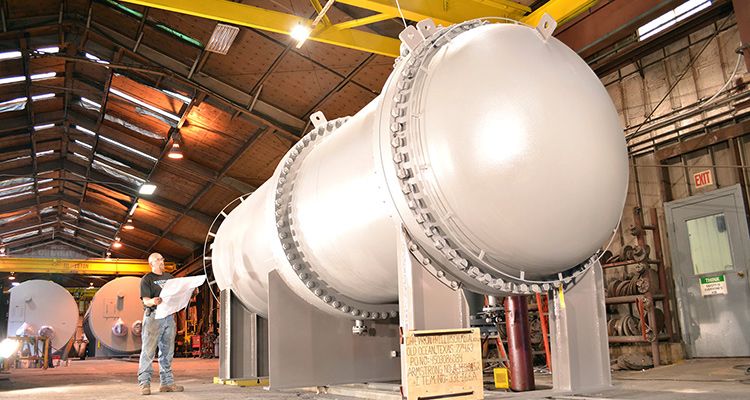
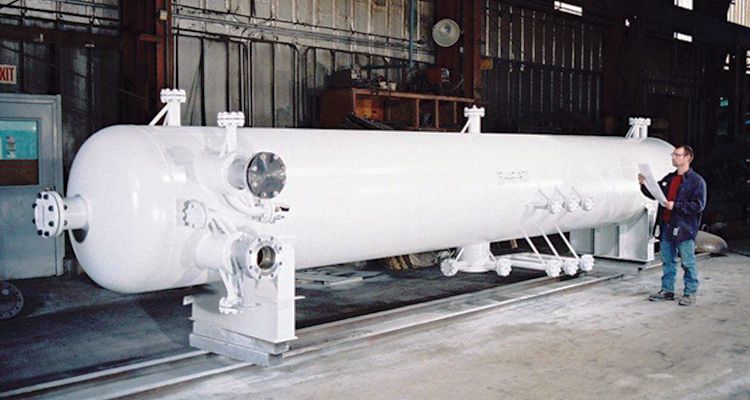
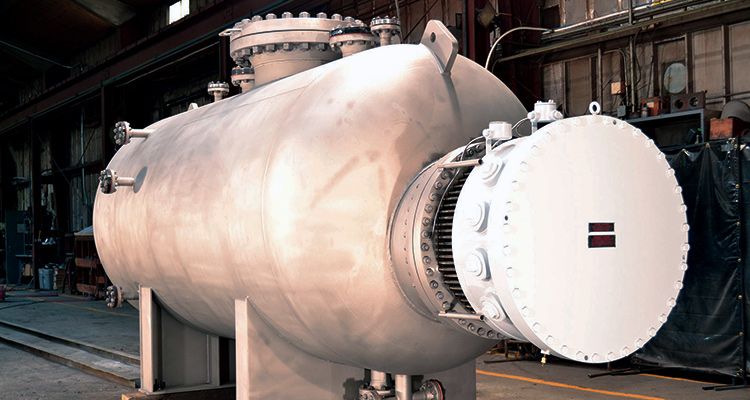
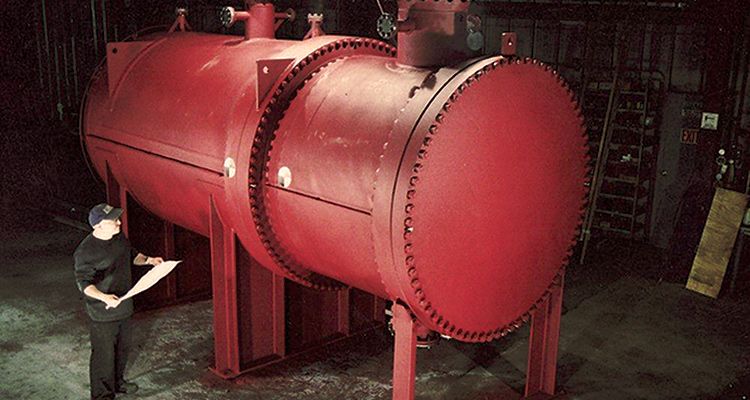
Flare Vaporizers vaporize fluids upstream of the gas flare. They typically operate near atmospheric pressure in conjunction with the user’s overhead flare drum and are fed via thermosiphon flow. Flare vaporizers in ethylene service typically operate at approximately -101 °C (-149.8 °F). Flare Superheaters heat near atmospheric pressure gases from as low as -73 °C (-100 °F) and accommodate low allowable pressure drops. They are typically used upstream of gas flares.
High Pressure Process Vaporizers are frequently called on to replace or supplement feed to downstream processing units. These vaporizers are able to go from an idle state to full capacity instantaneously, minimizing feed interruption to downstream users. The cold process fluid typically enters the vaporizer under relatively high pressure (30 to 45 bar(g)). For ethylene applications, inlet temperatures are usually -154 °C (-101 °F) and inlet pressures may exceed 50 bar(g) (730 psig).
Lower Pressure Process Vaporizers are suitable for applications with boiling temperatures between 0 °C (32 °F) and -45 °C (-50 °F). The bundle design uniquely handles the thermal stresses generated by a high MTD. This equipment is also well suited for the complete vaporization and superheating of fluids entering the vaporizer at nearly 50 wt% vapor.
P: (1) 610-436-6080
E: sales@armstrong-chemtec.com
P: (44) 1505-502206
E: uksales@armstrong-chemtec.com
P: (65) 9325-1010
E: asiasales@armstrong-chemtec.com
P: (1) 610-436-6080
E: sales@armstrong-chemtec.com
P: (44) 1505-502206
E: uksales@armstrong-chemtec.com
P: (65) 9325-1010
E: asiasales@armstrong-chemtec.com